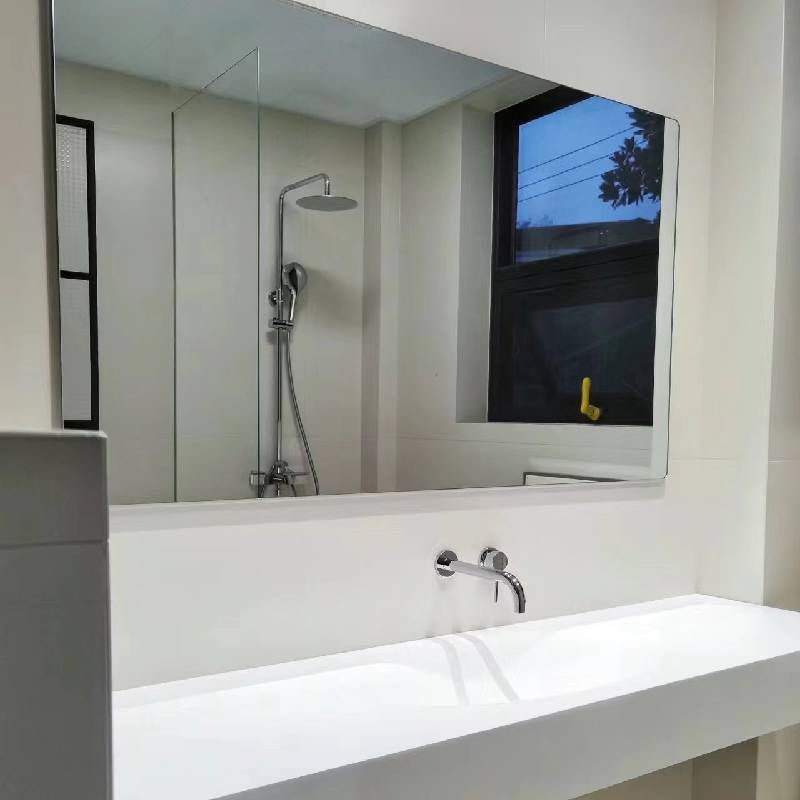

The Rise of Reflective Glass Manufacturers Transforming Architecture and Design
In recent years, reflective glass has gained immense popularity in architectural and design applications, driven by its aesthetic appeal and practical benefits. This rise in demand has led to a burgeoning industry of reflective glass manufacturers, who are constantly innovating to meet the diverse needs of architects, builders, and designers. This article will explore the characteristics, advantages, and challenges faced by reflective glass manufacturers in this dynamic market.
Understanding Reflective Glass
Reflective glass is a type of glass that has a thin metallic coating applied to one side, giving it a mirrored effect. This feature not only enhances the visual appeal of buildings but also serves functional purposes. Reflective glass can significantly reduce heat gain, minimize glare, and improve energy efficiency in buildings, making it an essential component in modern architecture. Its ability to reflect sunlight helps to regulate indoor temperatures, thereby decreasing the reliance on HVAC systems and reducing energy costs.
The Advantages of Reflective Glass
One of the foremost advantages of reflective glass is its aesthetics. Available in various tints and shades, reflective glass can complement a wide range of architectural styles, from sleek modern skyscrapers to traditional homes. The ability to control visibility—allowing occupants to see out while preventing outsiders from seeing in—adds an element of privacy that many building owners desire.
Furthermore, manufacturers are constantly developing advanced reflective glass technologies. For instance, low-emissivity (Low-E) coatings enhance the glass's thermal performance. This innovation not only improves energy efficiency but also supports sustainable building practices, which align with global efforts to reduce carbon footprints.
Reflective glass manufacturers also place a strong emphasis on durability. High-quality reflective glass is designed to withstand varying weather conditions, ensuring longevity and maintaining its aesthetic appeal over time. This resilience is particularly important for commercial buildings, which require materials that can endure high traffic and exposure to the elements.

Challenges Facing Reflective Glass Manufacturers
Despite the advantages, the reflective glass manufacturing industry also faces several challenges. One significant hurdle is the fluctuating cost of raw materials. As global demand for construction materials increases, manufacturers must navigate the volatile market for essential components like silica and metals used in glass coatings.
Moreover, environmental regulations play a crucial role in the industry. Reflective glass manufacturers must adhere to stringent standards regarding energy efficiency and sustainability, which can require investments in new technologies and manufacturing processes. Staying ahead of regulatory developments is essential for manufacturers who wish to remain competitive in the market.
Another challenge relates to consumer awareness and education. While reflective glass offers numerous benefits, some consumers may be unaware of its advantages or may have misconceptions regarding its use. Manufacturers must invest in marketing strategies and educational initiatives to inform potential clients about the benefits of reflective glass, especially in an era where eco-friendly practices are becoming paramount.
The Future of Reflective Glass Manufacturing
Looking ahead, the future of reflective glass manufacturing appears promising. With urbanization and population growth driving the demand for energy-efficient building solutions, the market for reflective glass is expected to expand. Technological advancements will continue to play a pivotal role, as manufacturers develop smarter and more efficient glass products.
Moreover, the integration of smart technologies—such as electrochromic glass that can change its tint based on sunlight exposure—will likely redefine the boundaries of what reflective glass can offer. This innovation not only enhances functionality but also paves the way for sustainable architectural solutions.
In conclusion, reflective glass manufacturers are at the forefront of a transformative trend in architecture and design. With their unique products that marry aesthetics with functionality, they play a critical role in promoting energy efficiency and sustainability in the built environment. As they navigate challenges and leverage technological advancements, reflective glass will continue to shape the future of modern architecture.